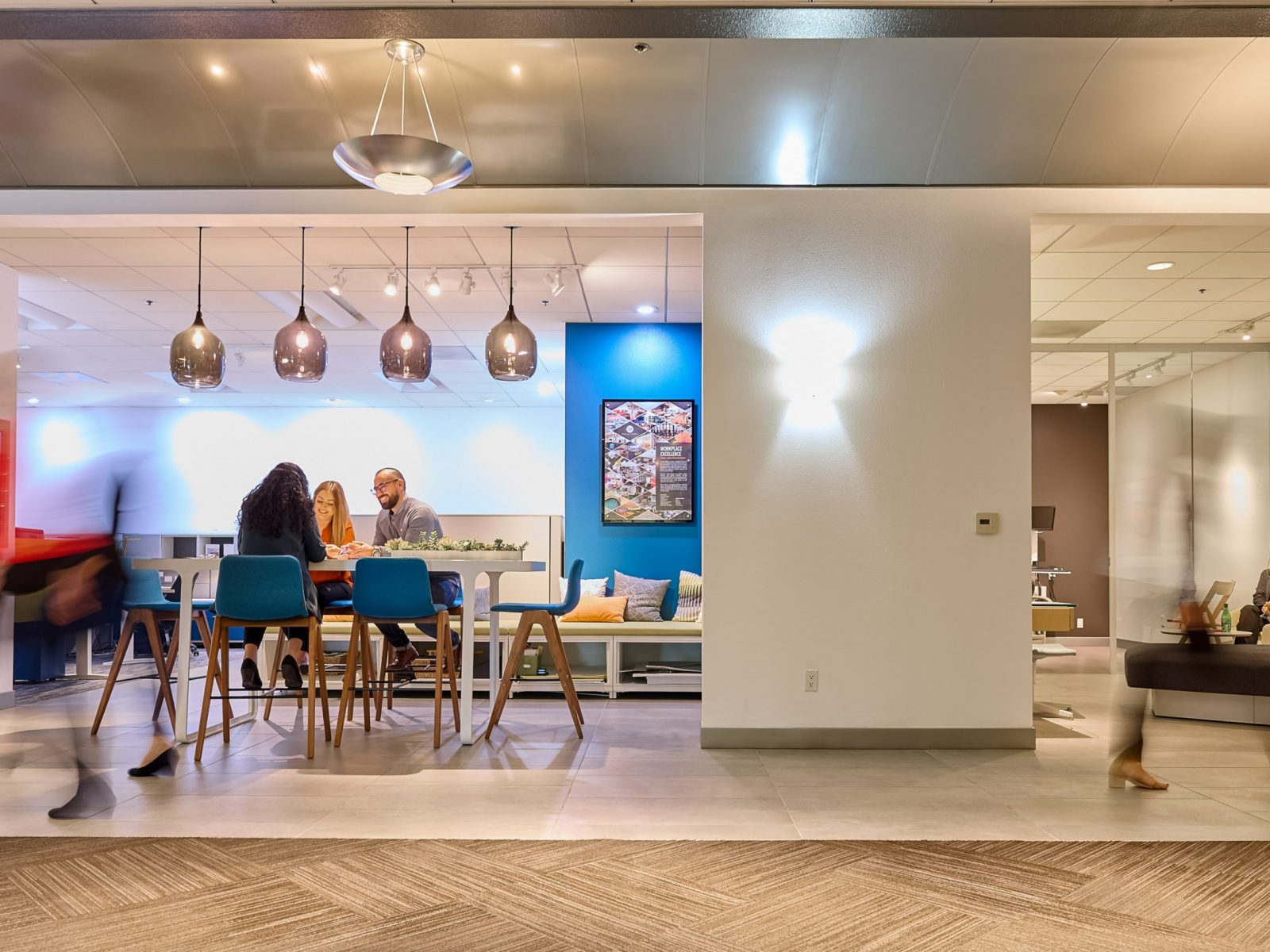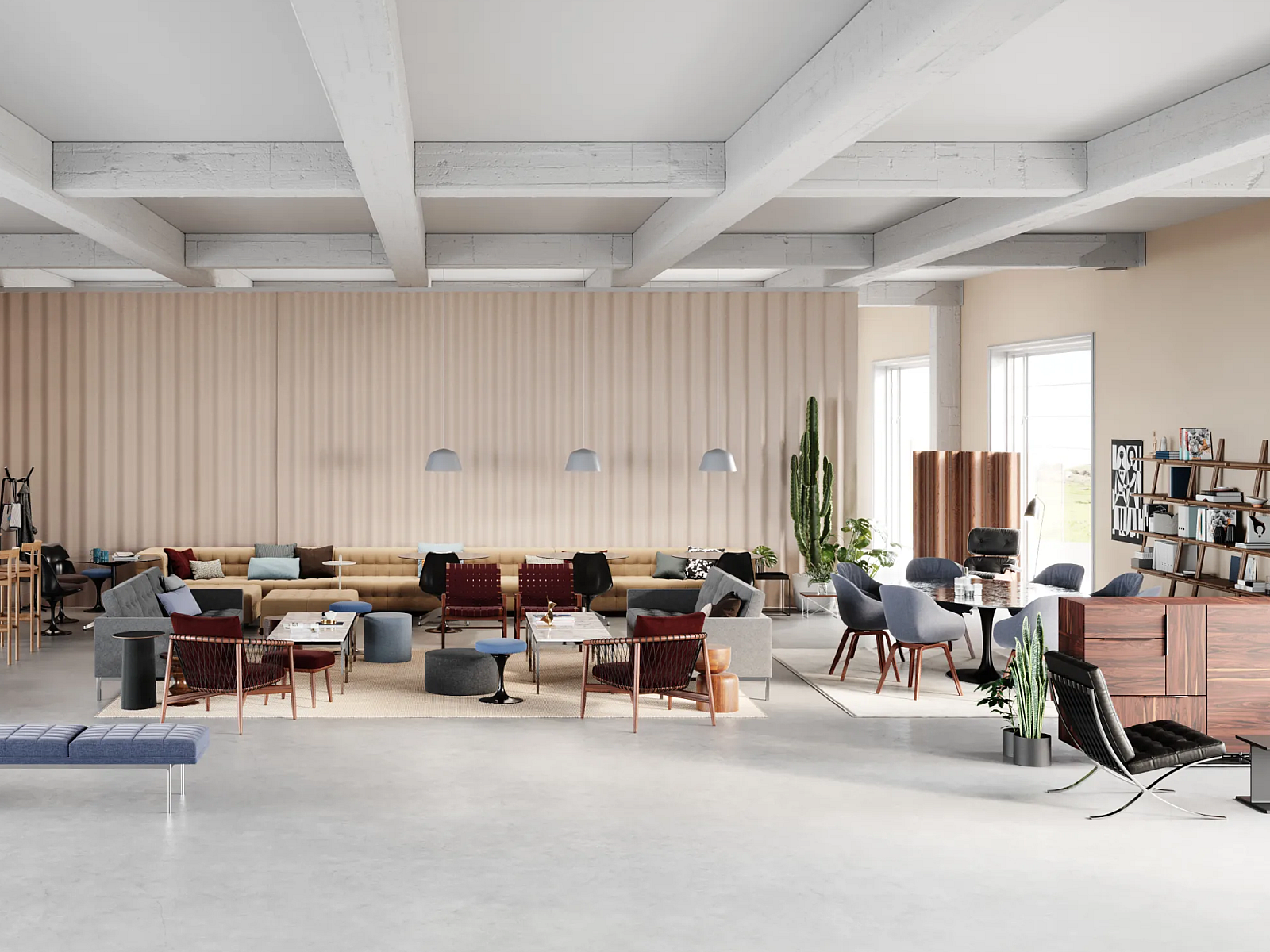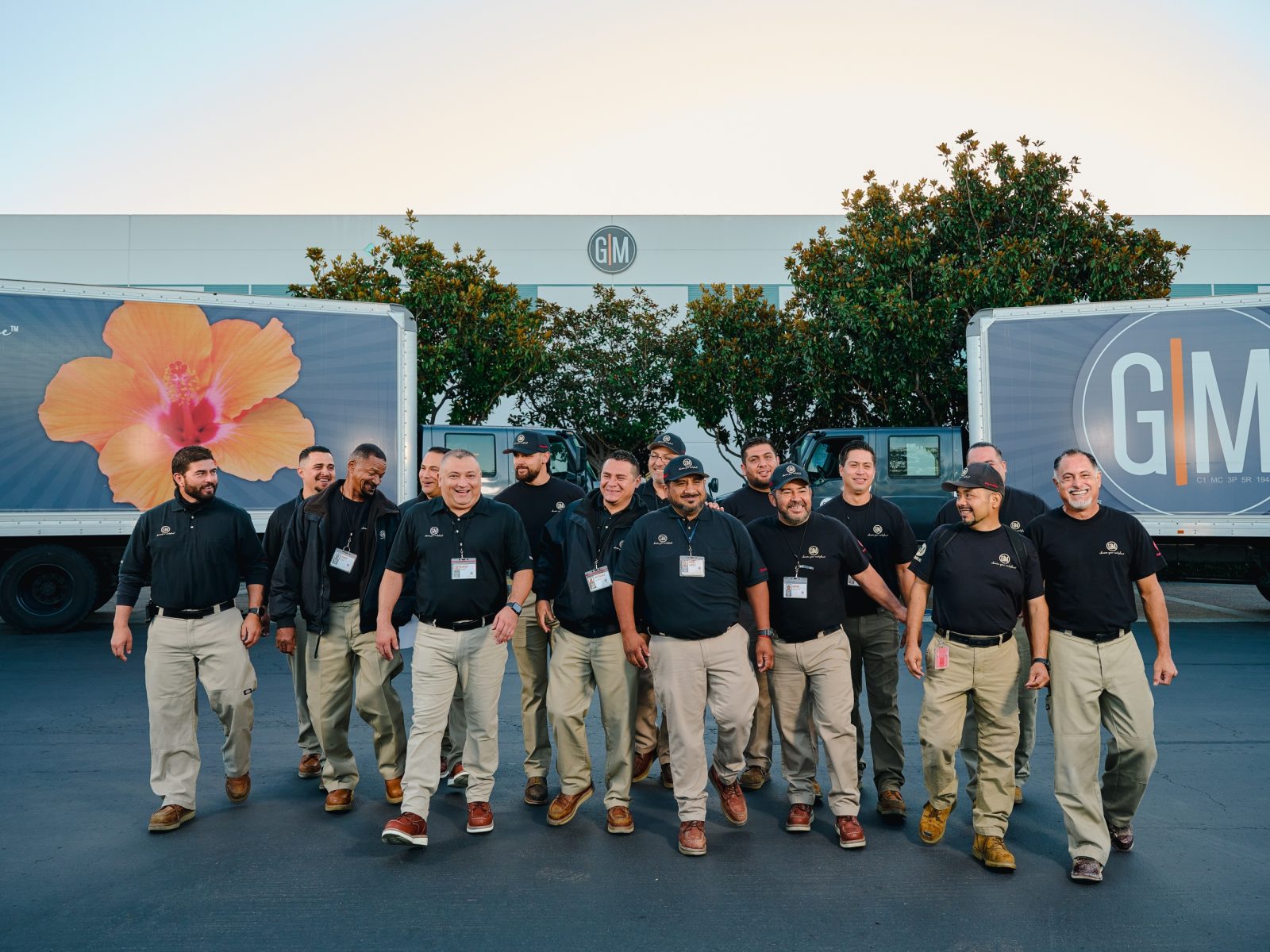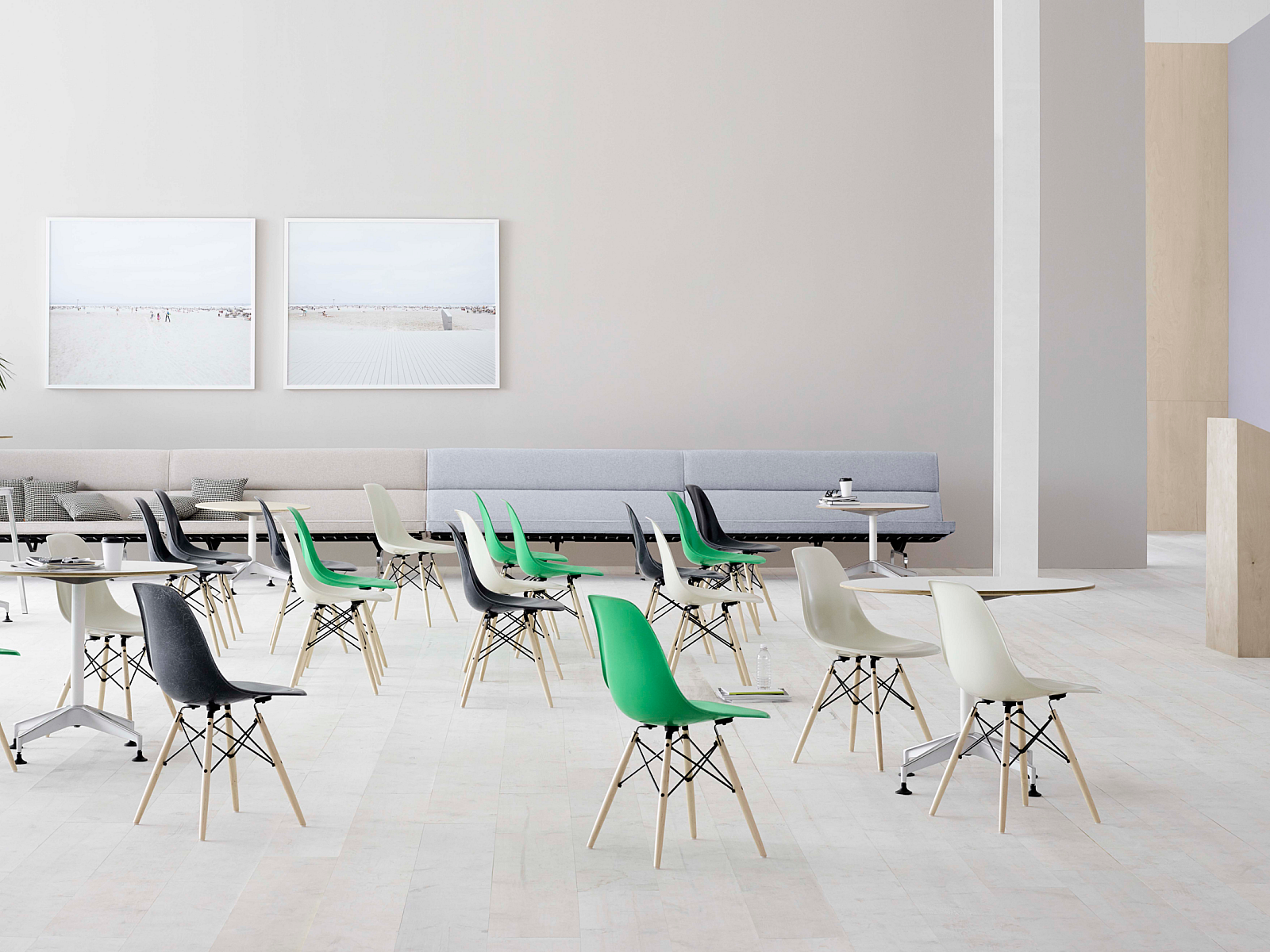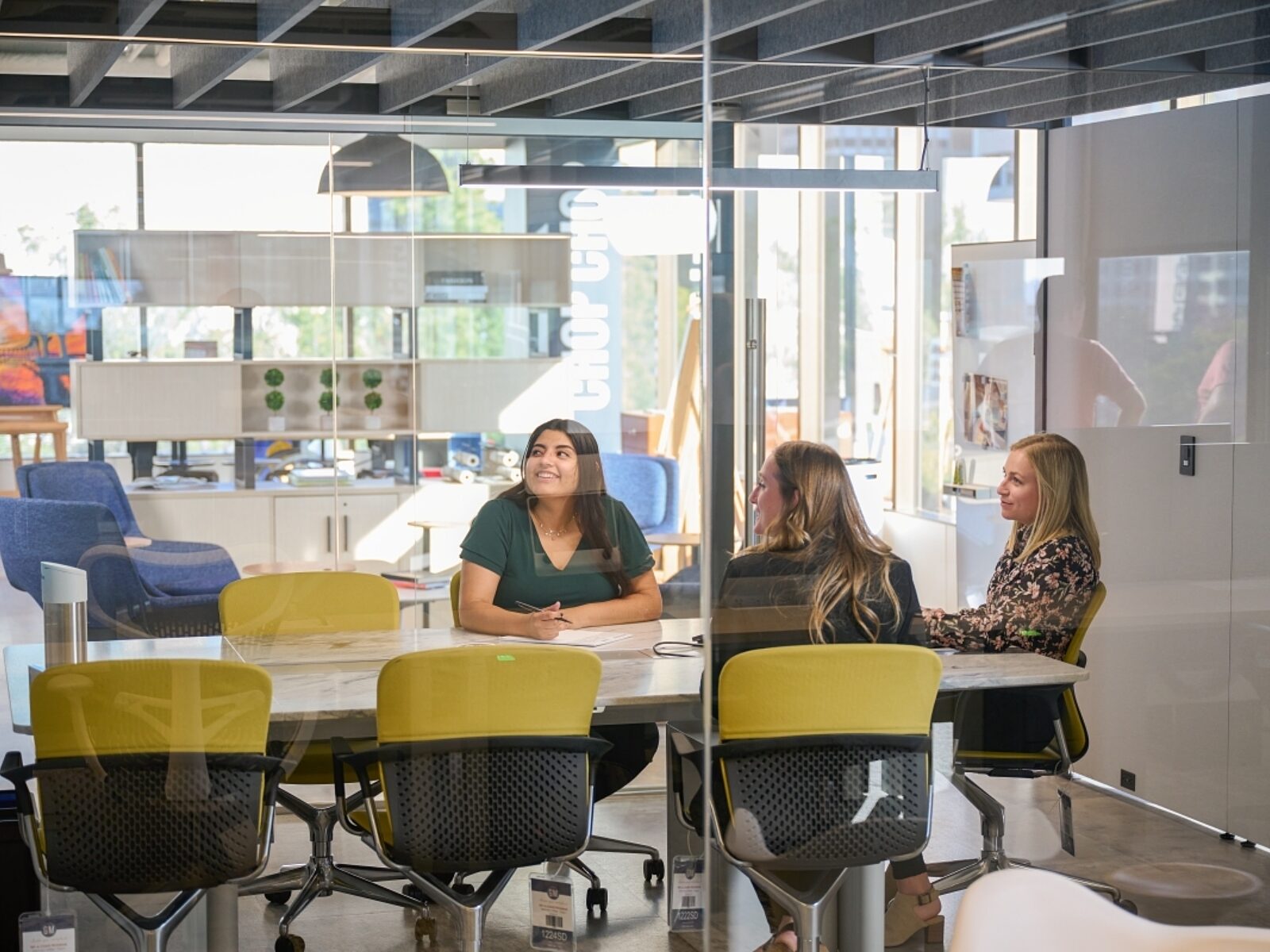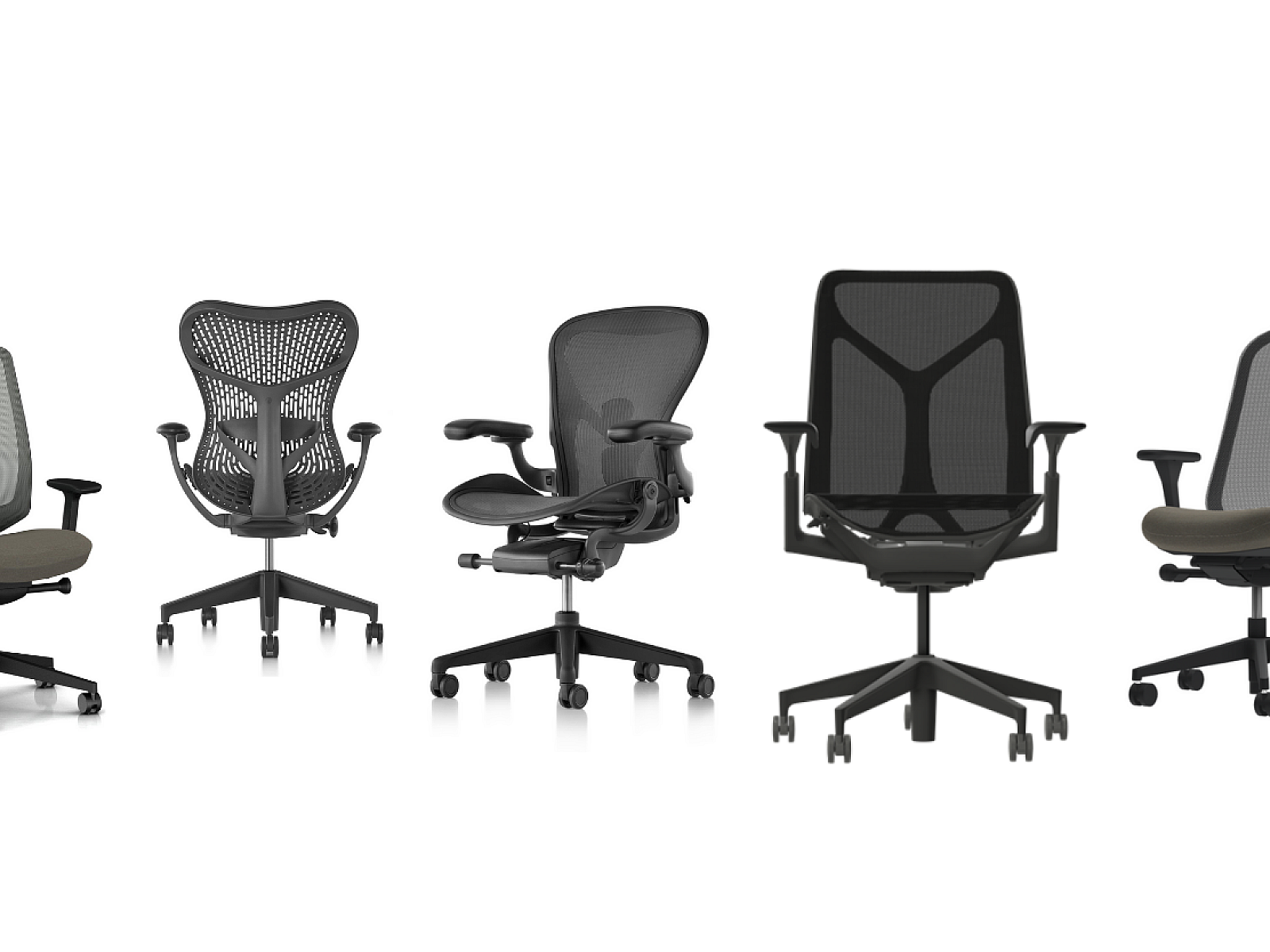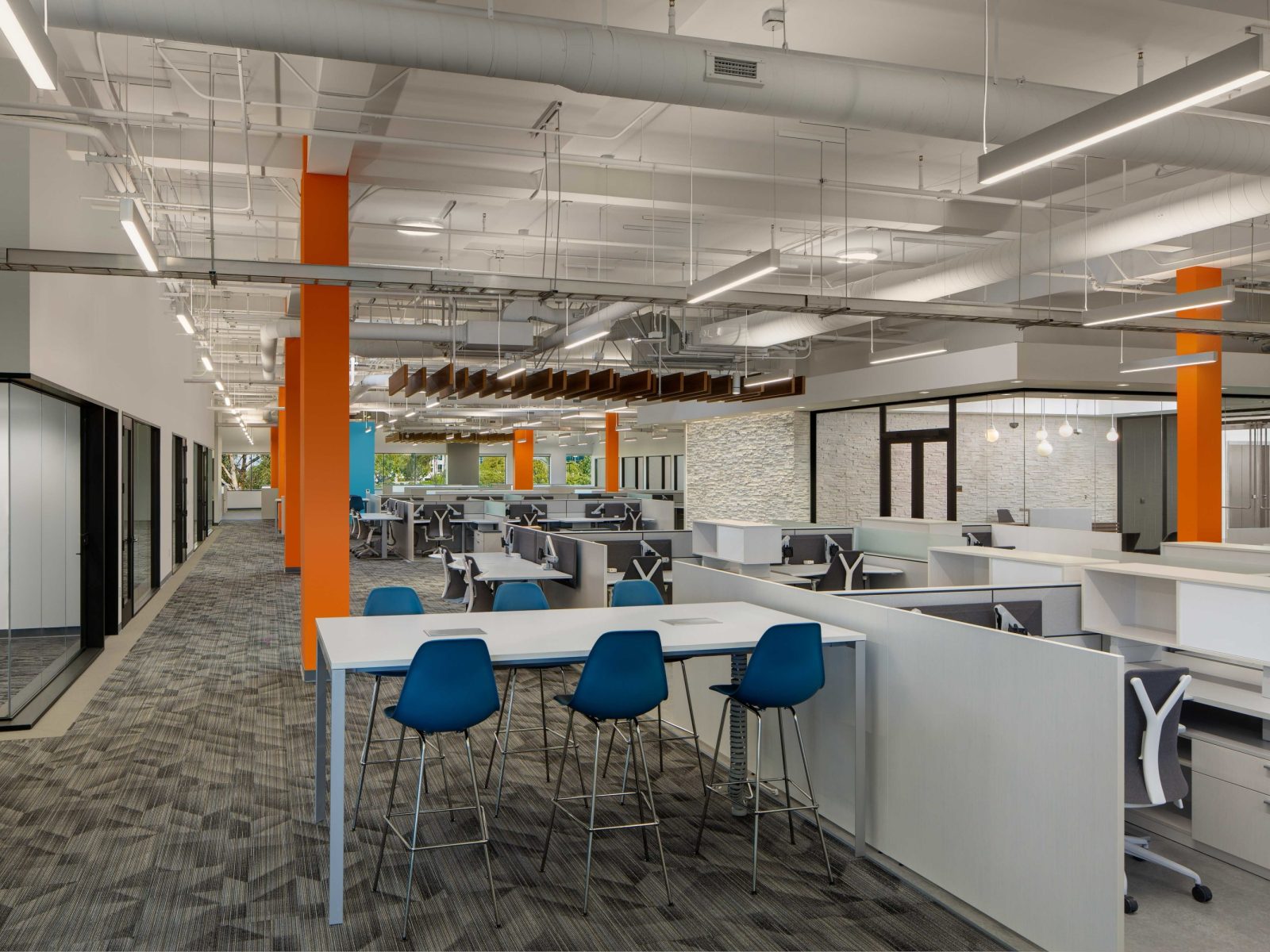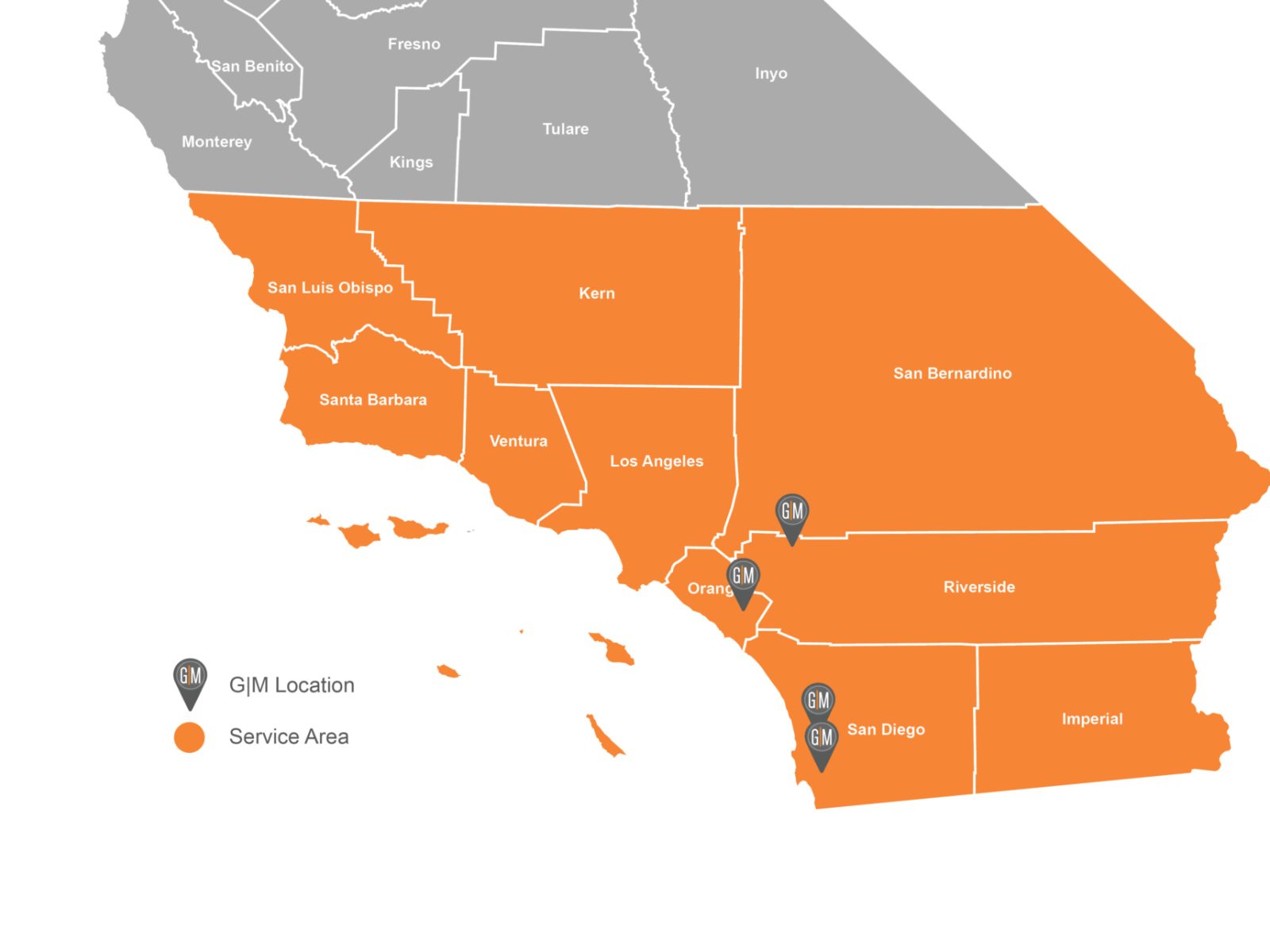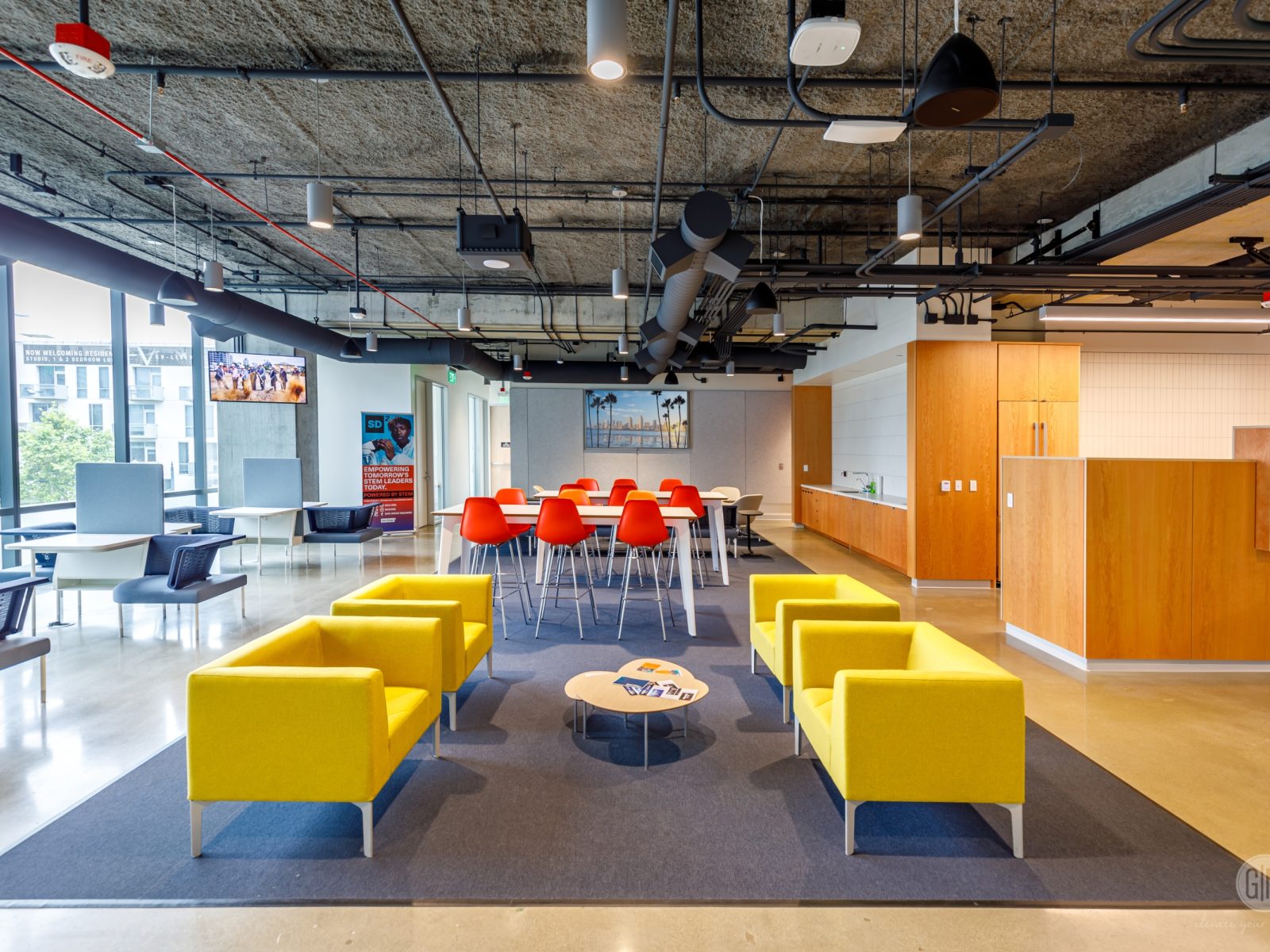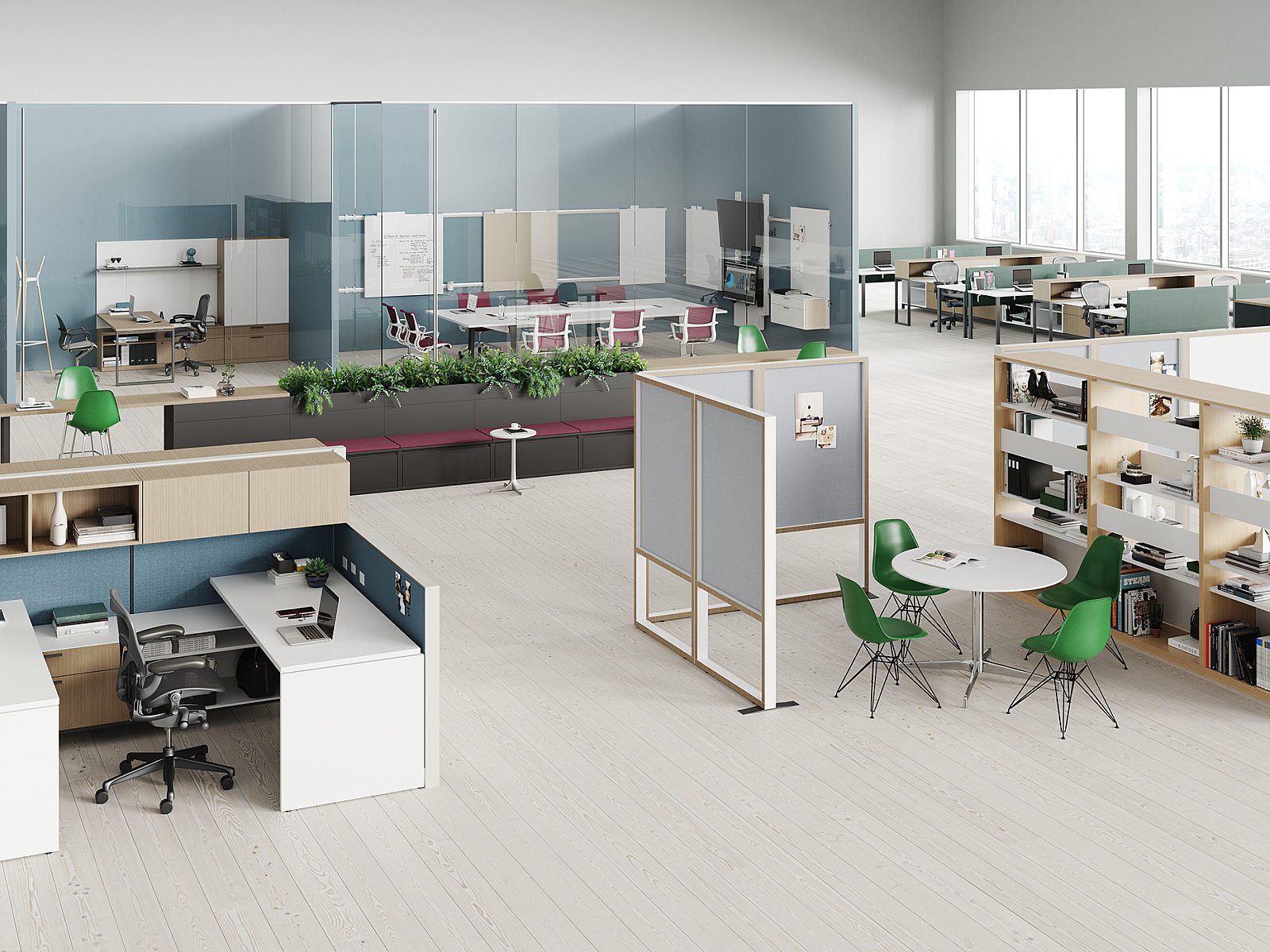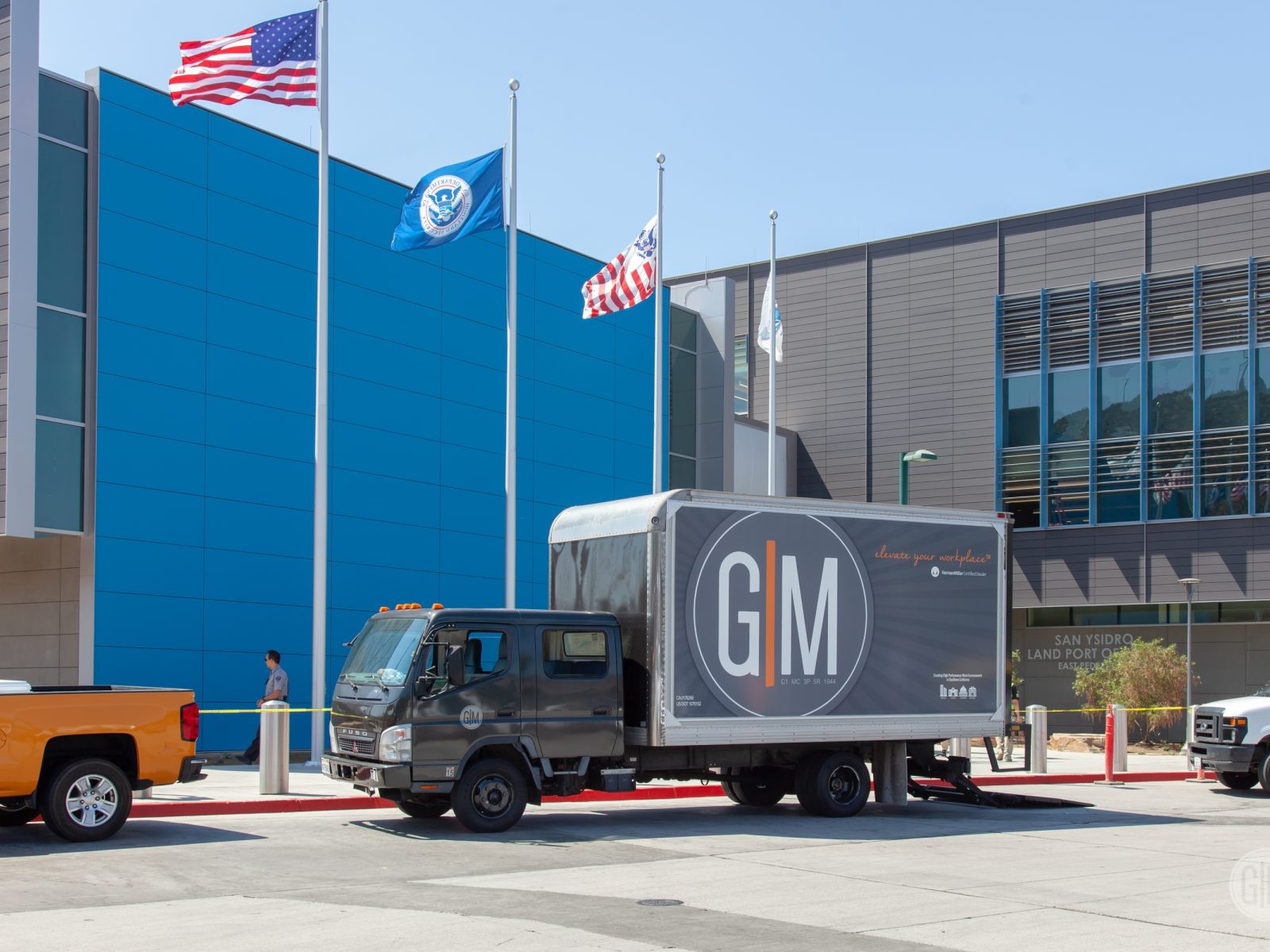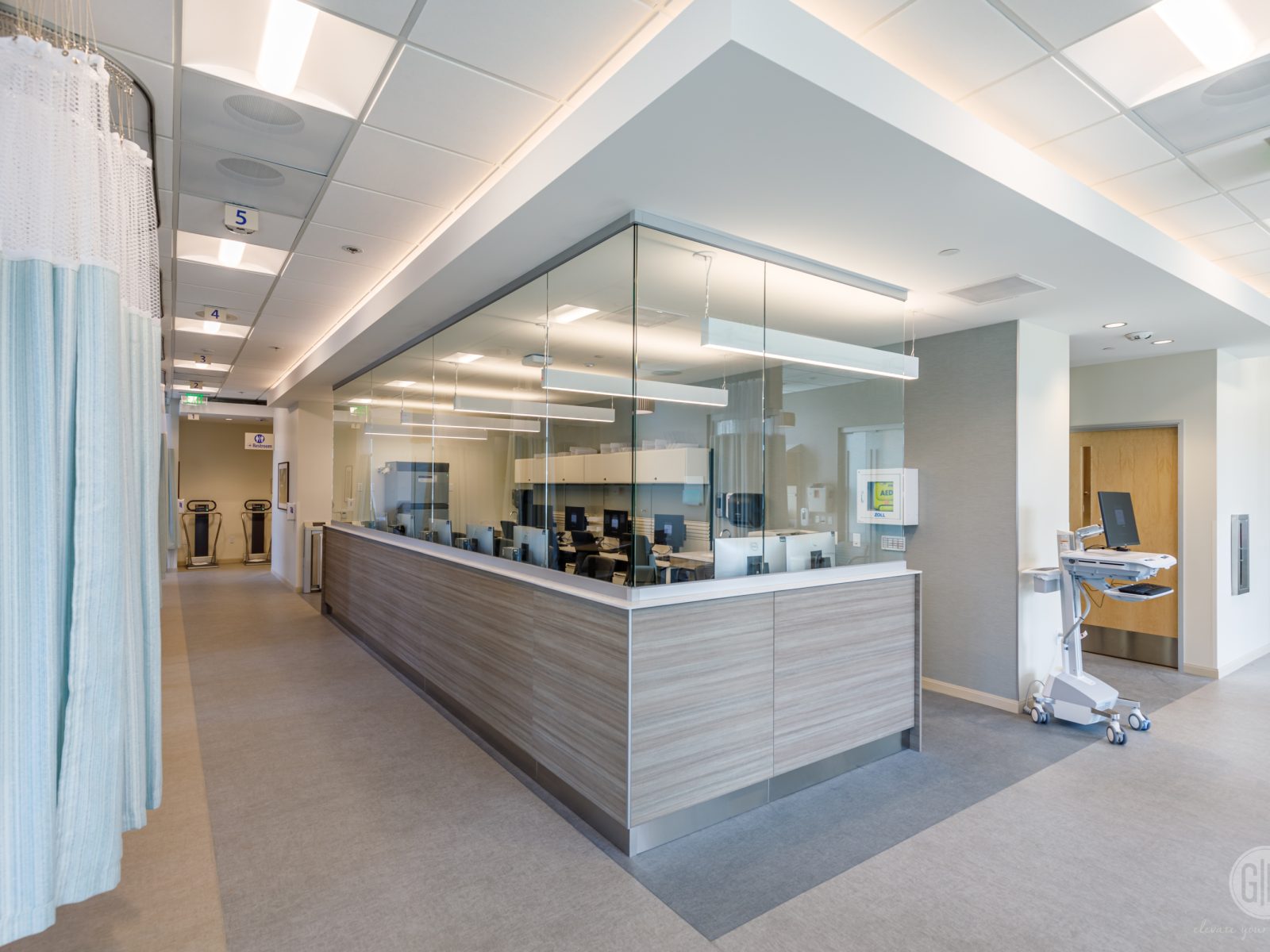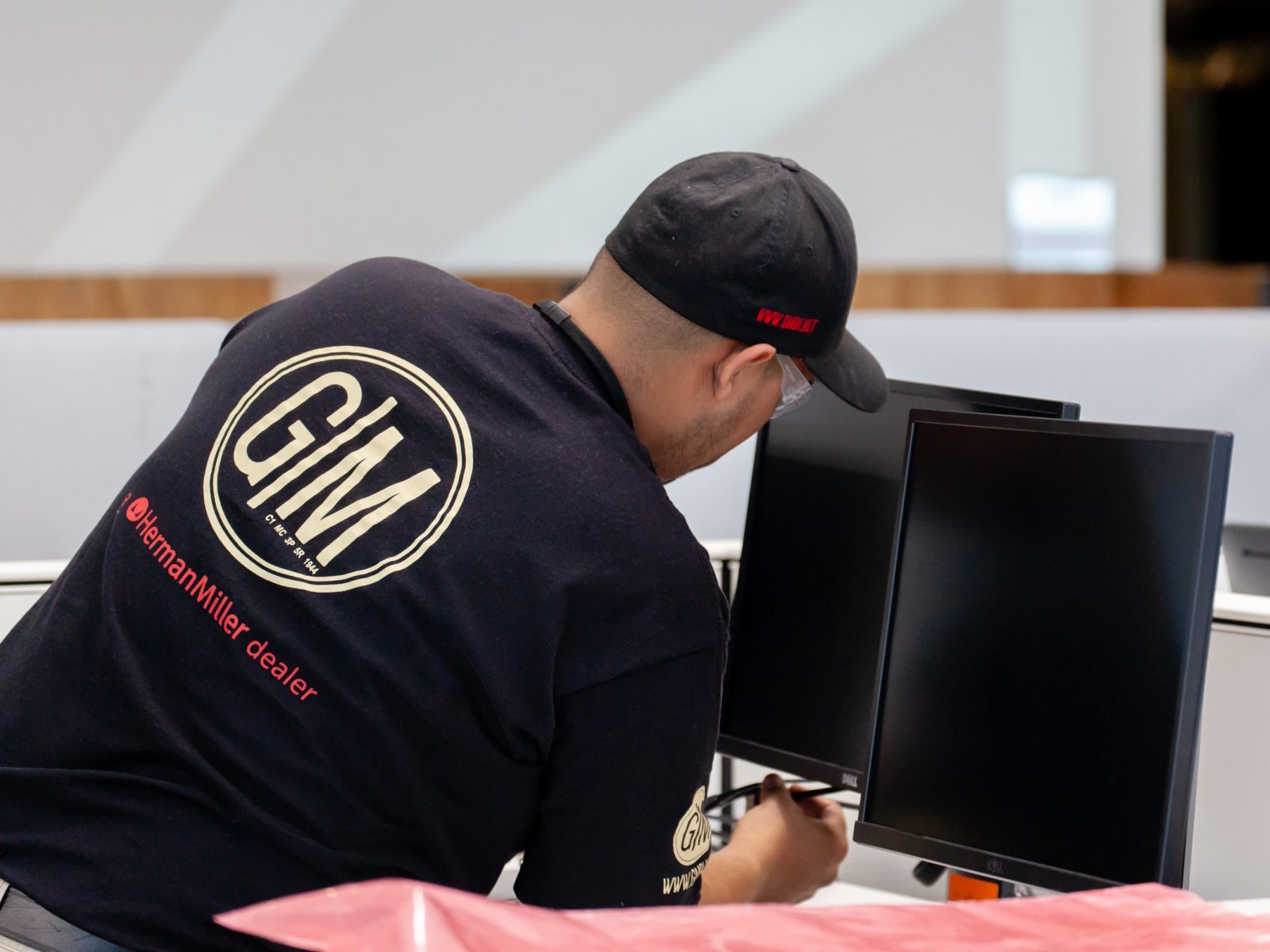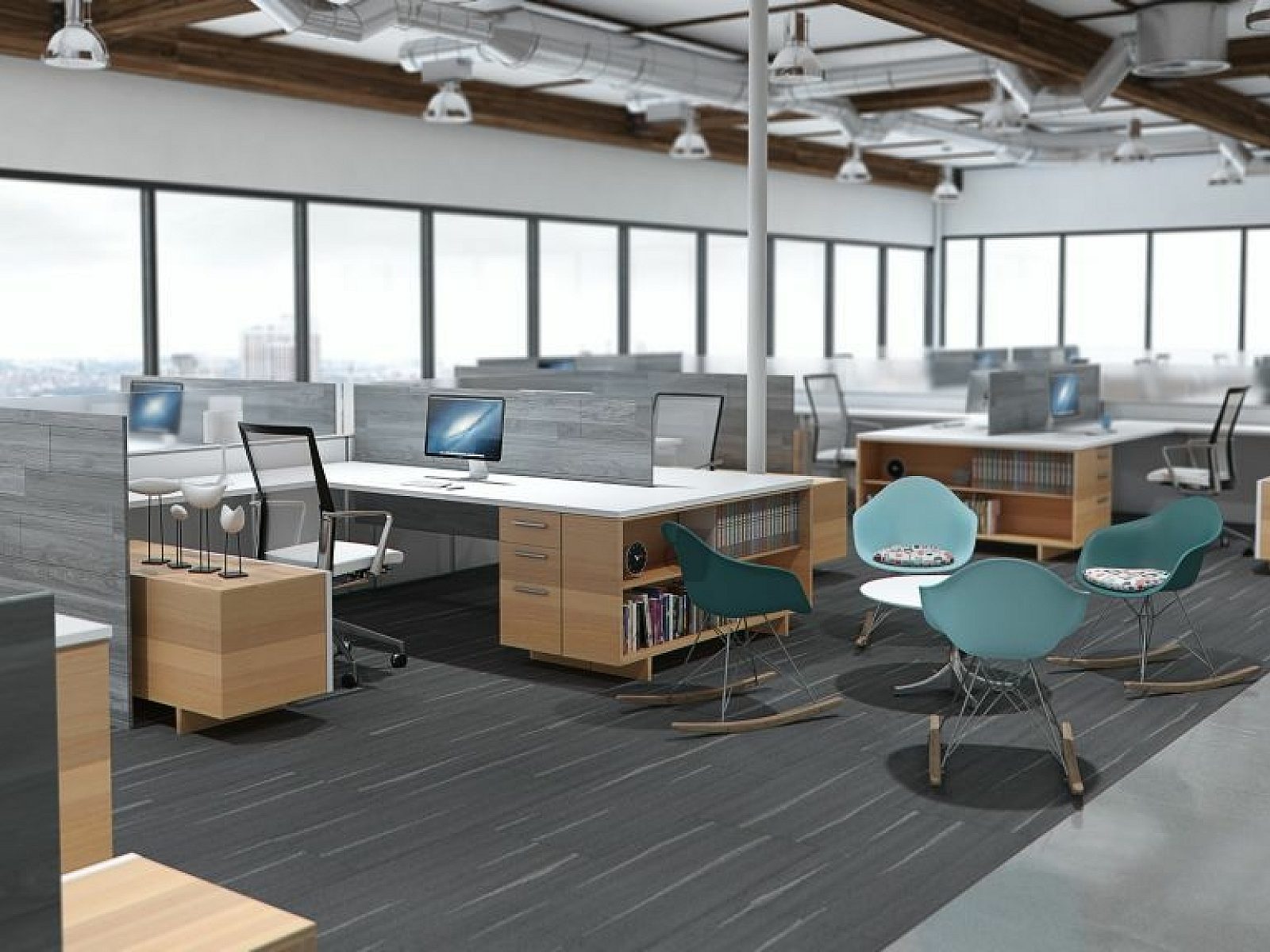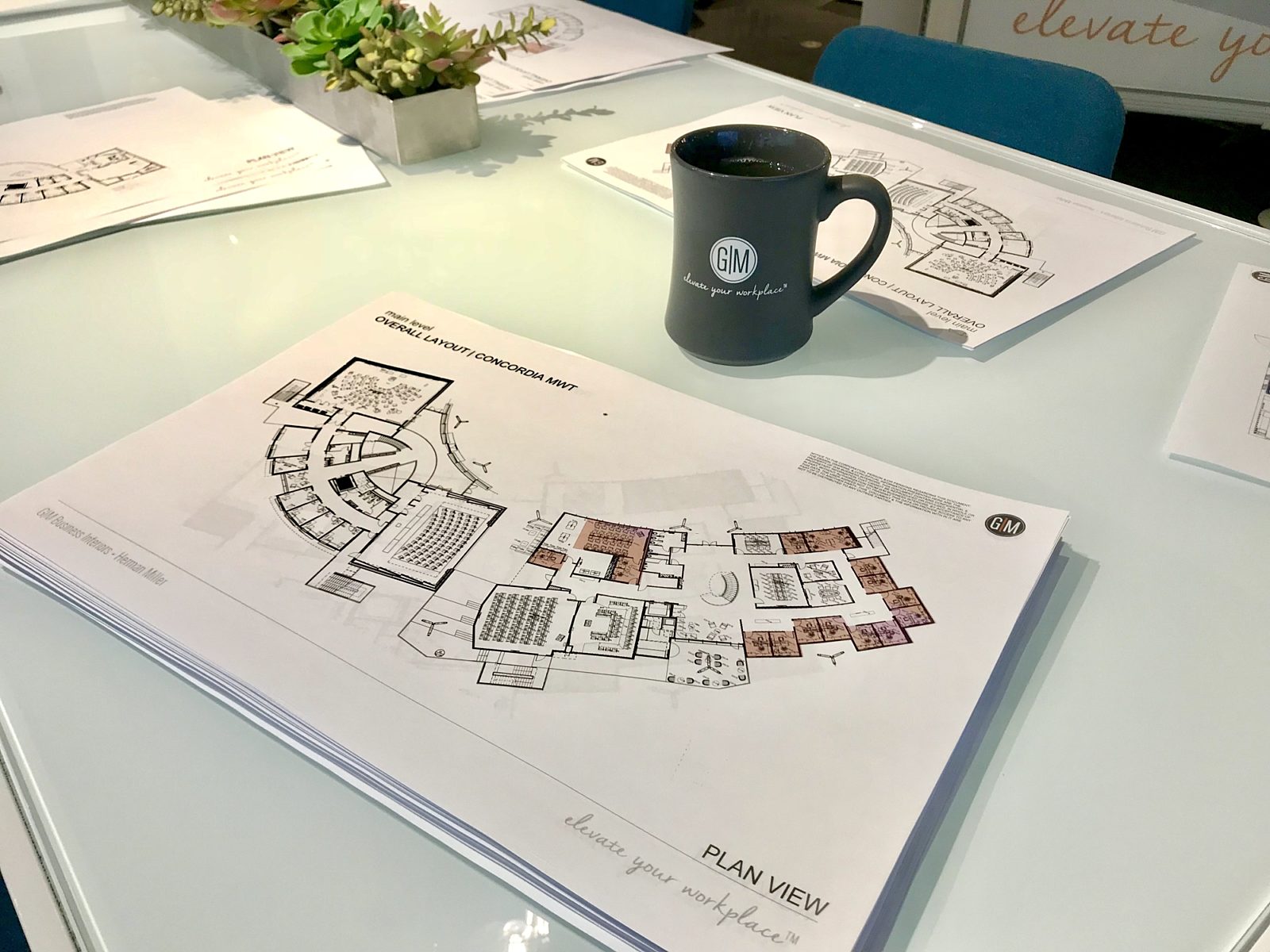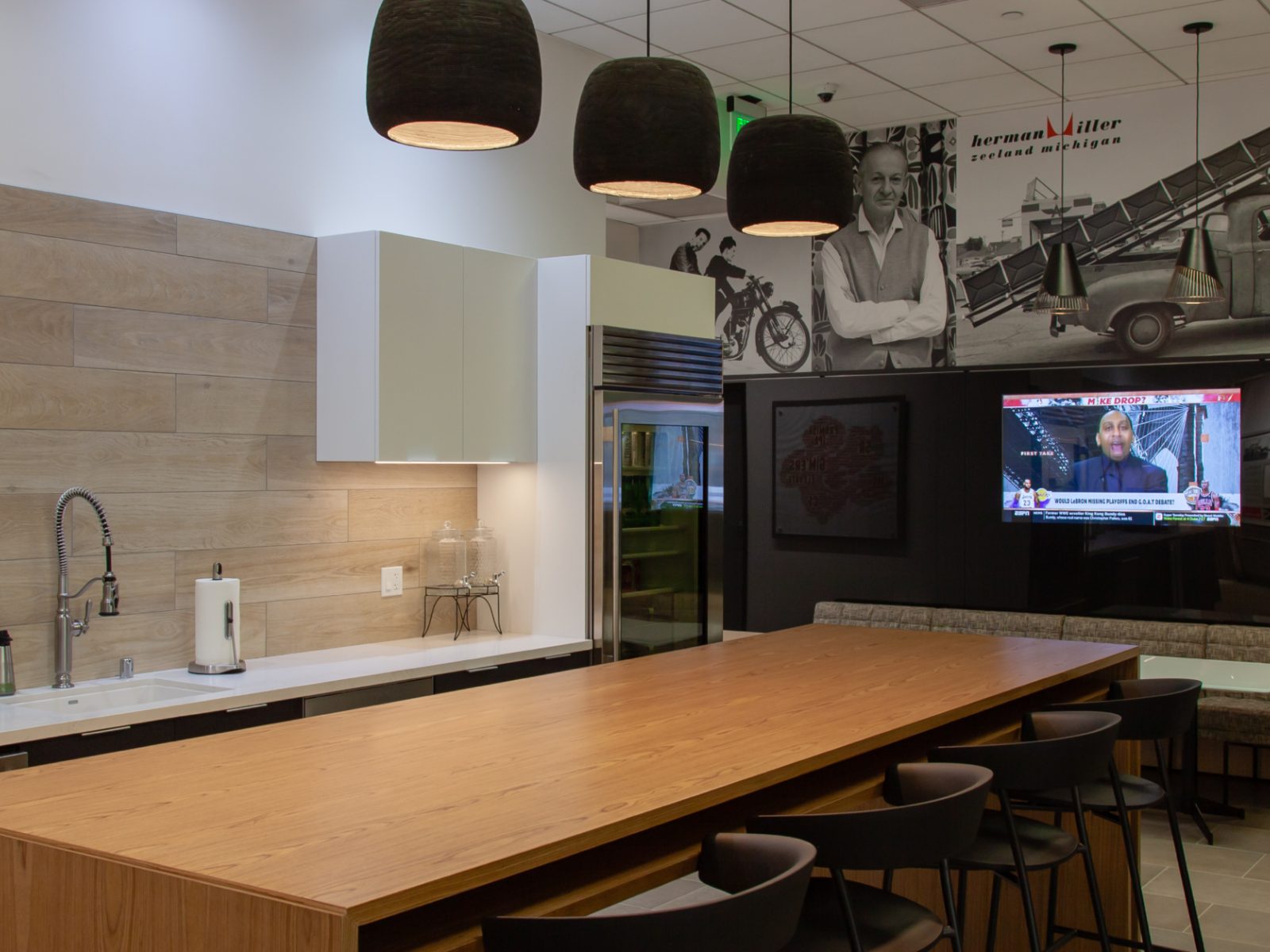Employee-Driven Design: Creating an Engaging Digital Workplace
Employee-Driven Design represents the ability to create a workspace so powerful employees establish new technology habits. Is your workplace EDD conscious?

The ROI of a digital workplace investment can be challenging to measure, but one of the primary metrics to look at is employee engagement. Definitions vary, but for this article we'll define employee engagement as the willingness of people to adapt to new tools and processes because they care about an organization’s success. The user experience of the software in your digital workplace directly impacts engagement, but how can you guarantee your software is structured to ensure a positive UX? The answer is putting the end-user’s experience first through the use of employee-driven design.
Fellow contributor John Zimmerer defined employee-driven design (EDD) as, “incorporating a design thinking approach that views employees as essential customers whose input is key to designing ‘a productive, meaningful customer experience through solutions that are simple, compelling and enjoyable.’” In my years of building portals, intranets and collaboration environments that create a digital workplace, EDD represents the ability to create a workspace so powerful employees establish new technology habits. When using EDD to build digital workplaces, we focus on three key components: systems unification, engaging content and personalization.



